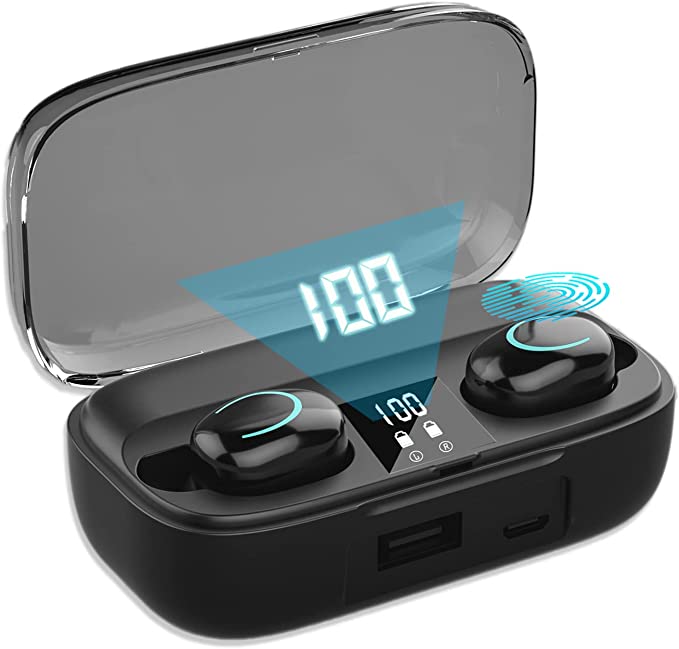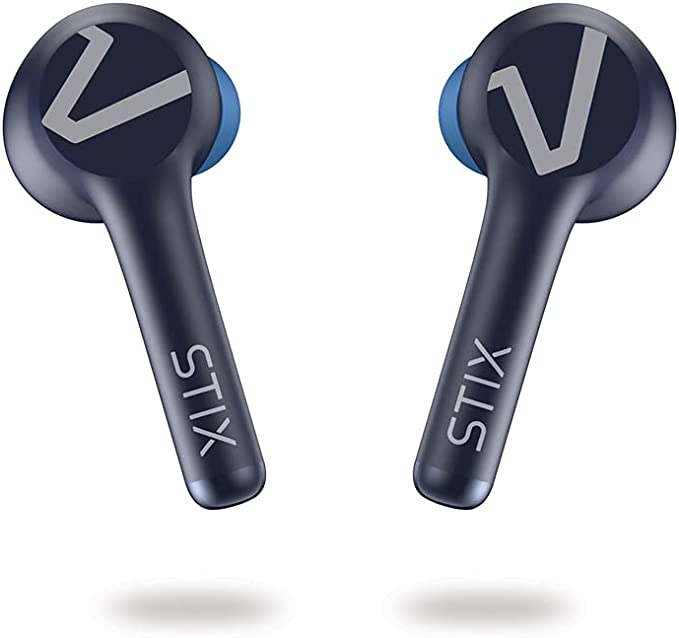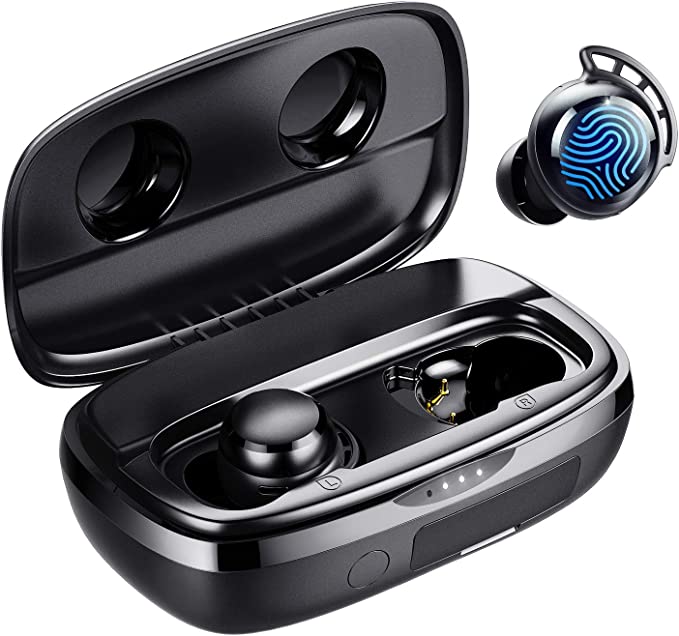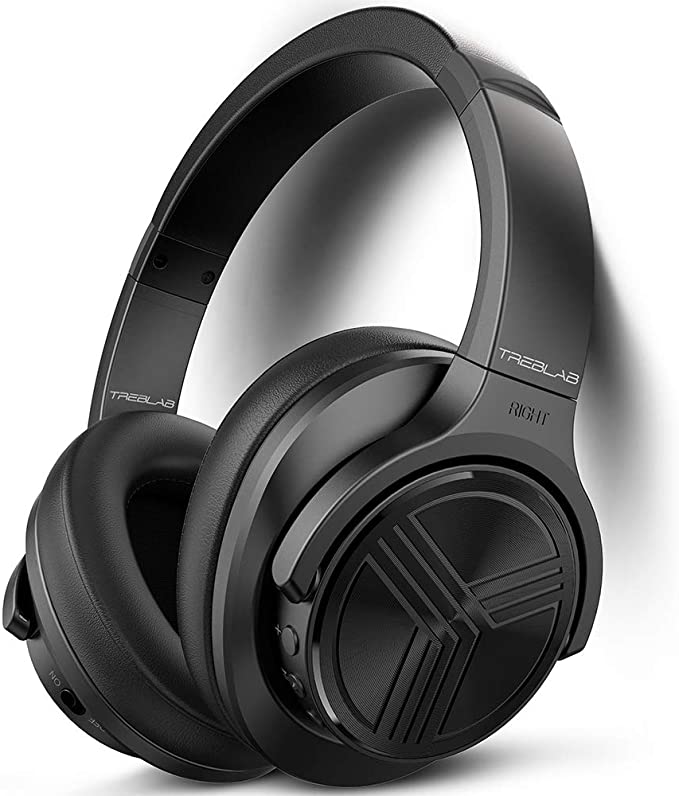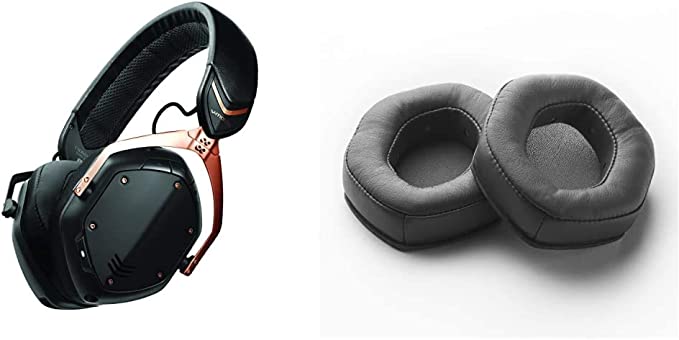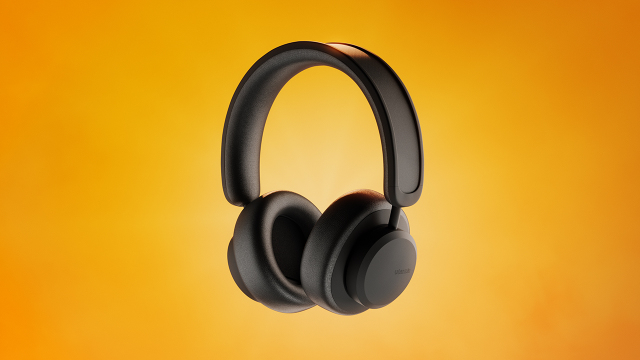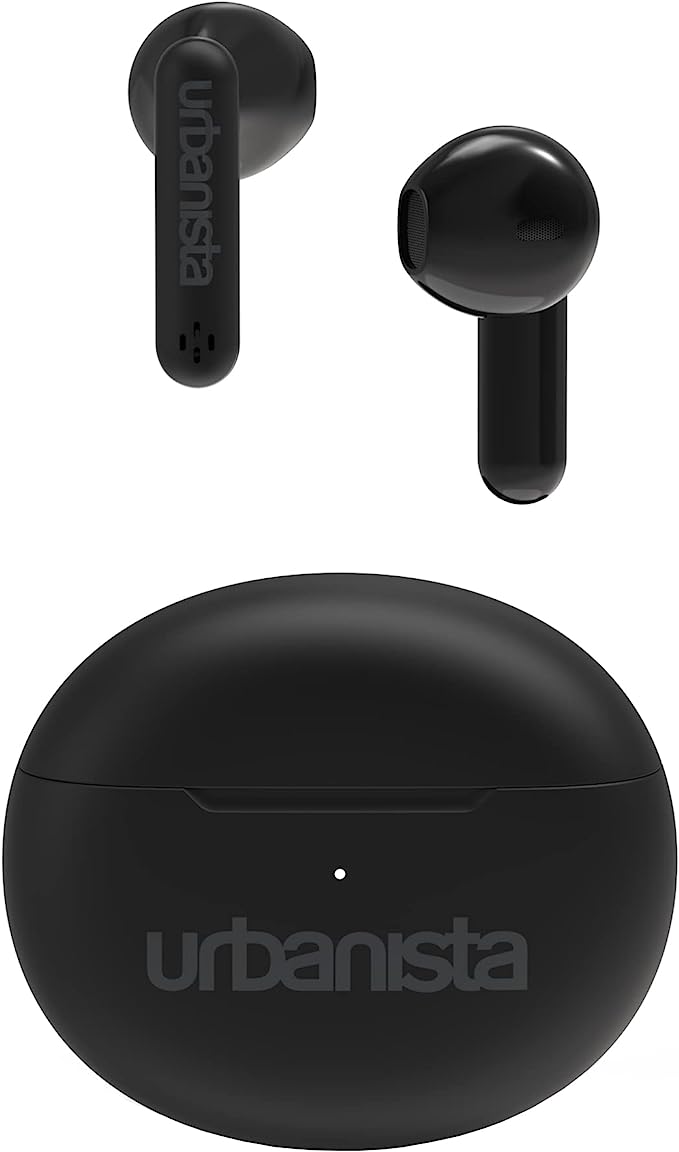Stryker SR-955HPC 10 Meter Amateur Radio: SSB Stability & DSP Noise Reduction Explained
Update on April 4, 2025, 2:02 p.m.
For the licensed Amateur Radio operator, the slice of spectrum known as the 10-meter band (roughly 28 to 29.7 MHz) holds a special kind of magic. When conditions align, particularly during peaks in the roughly 11-year solar cycle, this band can fling radio signals across continents and oceans with surprising ease, offering thrilling long-distance (DX) contacts using relatively modest equipment. It’s a place where operators with even entry-level Technician licenses in the United States can experience the excitement of global communication via Single Sideband (SSB).
Yet, 10 meters is also known for its fickle nature. Its reliance on the ionosphere’s F2 layer means DX opportunities can vanish as quickly as they appear, heavily influenced by solar activity. During solar minimums, long-distance contacts become scarce, though unpredictable bursts of propagation via Sporadic E ionization clouds can still provide unexpected openings, often closer geographically but still exciting. Beyond propagation challenges, operators contend with the universal plagues of radio communication: atmospheric noise (QRN) crackling from thunderstorms near and far, and man-made interference (QRM) buzzing from countless electronic devices. Furthermore, the very mode favored for weak-signal DX on this band, SSB, presents its own technical hurdle: the critical need for precise frequency alignment. Few things are more frustrating than a promising signal slowly drifting away into unintelligibility.
Navigating this dynamic environment successfully demands not only operator skill and patience but also capable equipment. Modern transceivers increasingly employ sophisticated technology to mitigate noise, stabilize frequencies, and provide the clean, powerful signals needed to make contact. Understanding this technology isn’t just for engineers; it empowers operators to use their equipment more effectively and appreciate the remarkable science packed inside the box.

Case Study: The Stryker SR-955HPC as a Technological Lens
To explore some of these key technologies in a practical context, we can look at a specific example like the Stryker SR-955HPC, a radio designed explicitly for the 10-meter amateur band. While this article isn’t a commercial review, examining the features described for this transceiver allows us to delve into the principles behind frequency stability, digital noise reduction, power amplification, and user customization that are common themes in contemporary radio design. By understanding how these elements work, we gain insight not just into one radio, but into the broader landscape of modern amateur radio technology. Our focus here is firmly on the science and the operational benefits it brings.
Taming the Wanderer: The Science of Rock-Solid Frequency Stability
Single Sideband (SSB) is the workhorse mode for voice DX communication on the HF bands, including 10 meters. Compared to traditional Amplitude Modulation (AM), SSB packs more voice power into significantly less bandwidth by transmitting only one of the two “sidebands” generated during modulation and suppressing the power-hungry carrier wave. Think of it like efficiently packing more conversation into a narrower lane on the information highway. This efficiency translates directly to better signal-to-noise ratios at the receiving end, making it possible to understand weaker signals.
However, this efficiency comes at a price: SSB demands high frequency accuracy and stability from both the transmitter and receiver. Since the carrier wave, which serves as a frequency reference in AM, is removed, both radios must be tuned to almost exactly the same frequency (within tens of Hertz) for the recovered audio to sound natural. If either radio’s frequency drifts even slightly due to temperature changes or component aging – a common issue in older or simpler designs – the voice pitch shifts, developing a characteristic “Donald Duck” sound or becoming completely unintelligible. This historical headache often required operators to constantly nudge their tuning knob (a process sometimes called “chasing the drift”) to maintain a conversation.
Modern radios like the SR-955HPC tackle this challenge head-on, often described with terms like “Rock Solid Frequency Stability.” The source material for the SR-955HPC claims it “doesn’t drift off frequency at all, not even slightly.” This level of performance is achieved primarily through advanced frequency synthesis techniques, most commonly employing a Phase-Locked Loop (PLL).
Imagine a PLL synthesizer as a sophisticated cruise control system for frequency. It uses a highly stable reference crystal oscillator (think of it as the speedometer reading you want to maintain) and compares its signal to the output of a Voltage-Controlled Oscillator (VCO), which actually generates the radio’s operating frequency (like the engine speed). A phase detector circuit constantly measures the difference between these two signals and generates a correction voltage. This voltage is fed back to the VCO through a loop filter, nudging its frequency up or down until it perfectly matches the stable reference, effectively locking it in place. More advanced synthesizers might use techniques like Temperature-Compensated Crystal Oscillators (TCXOs) for the reference, further minimizing drift caused by ambient temperature changes.
For the operator using a stable radio like the SR-955HPC promises to be, the benefit is immense. Tune in an SSB station, and it stays put. Engage in a lengthy conversation or monitor a specific frequency without constant retuning. This stability is also critical for digital modes like FT8, which require precise frequency alignment over time. It transforms SSB operation from a potentially frustrating exercise into a reliable and enjoyable experience. Imagine finally hearing that rare DX station calling faintly – with a stable rig, you can focus on making the contact, not fighting the tuning knob.
Hearing the Needle in the Haystack: Digital Signal Processing vs. Noise
The radio spectrum is rarely quiet. Beyond the desired signals, our receivers pick up a constant barrage of noise. Atmospheric noise (QRN), generated by lightning discharges around the globe, manifests as crashes and static. Man-made noise (QRM) radiates from sources like switching power supplies, leaky power lines, fluorescent lights, and countless other electronic gadgets, often presenting as buzzing, whining, or clicking sounds. On HF bands like 10 meters, this noise floor can easily mask weak signals, making communication challenging.
Traditional analog noise reduction circuits, like Noise Blankers (NB) effective against pulse-type noise (like ignition static) and Automatic Noise Limiters (ANL) that clip audio peaks, have long been staples in radio design. However, the advent of affordable and powerful microprocessors brought Digital Signal Processing (DSP) into the amateur radio world, offering far more sophisticated ways to combat noise.
The Stryker SR-955HPC features what it calls “Advanced Noise Reduction,” explicitly stating it uses DSP. How does this work conceptually? First, the incoming analog radio signal (after initial filtering and amplification) is converted into a stream of digital numbers by an Analog-to-Digital Converter (ADC). Once in the digital domain, powerful algorithms running on a dedicated DSP chip or the radio’s main microcontroller can analyze and manipulate the signal in ways impossible with analog components.
Think of DSP noise reduction like an intelligent audio cleanup crew. Various algorithms exist, but common approaches involve analyzing the signal’s frequency spectrum. Some algorithms identify and subtract patterns recognized as noise while trying to leave the desired signal untouched (like spectral subtraction). Others adaptively build a model of the noise characteristics and filter it out (like Least Mean Squares algorithms). The goal isn’t necessarily to eliminate all noise – which might also remove parts of the desired signal – but to significantly improve the signal-to-noise ratio (SNR), making the desired signal more intelligible above the remaining background noise.
For the operator, effective DSP noise reduction can feel almost magical. Engaging the NR function can sometimes make a previously unreadable signal pop out clearly from the static or buzz. It’s particularly valuable when chasing weak DX signals that are barely above the noise floor or when operating in noisy urban environments. Imagine struggling to copy callsign details through a wash of static; engaging the DSP NR on the SR-955HPC could potentially clarify those crucial details, turning a missed contact into a successful one. However, it’s worth noting that aggressive DSP NR can sometimes introduce minor audio artifacts or a slight processing delay, so operators often adjust the level to suit the conditions and their preference.
Projecting Your Voice: Power, Clarity, and Modulation
Making successful contacts requires not only hearing well but also being heard effectively. The SR-955HPC is specified to deliver “60+ watts PEP” output power. PEP, or Peak Envelope Power, is the standard measure for SSB transmitters. It represents the power output at the crest of the modulation envelope (the highest peak during speech). It’s important to understand that the average power during SSB transmission is significantly lower than the PEP rating. Nonetheless, a healthy PEP figure like 60+ watts provides the necessary signal strength to make reliable contacts, especially when band conditions are less than ideal.
But power isn’t everything. A loud but distorted or muffled signal is difficult to understand and unpleasant to listen to. Clean modulation – the process of imprinting your voice onto the radio wave – is paramount. User comments referenced in the source material suggest the SR-955HPC garners positive audio reports. Achieving this requires careful design in the radio’s audio amplification and modulation stages to ensure linearity and avoid distortion.
A useful feature mentioned for the SR-955HPC is the “Variable Talkback Control.” This allows the operator to hear their own transmitted audio through the radio’s speaker or headphones, precisely as it’s going out over the air (or nearly so). This audio feedback loop is invaluable for several reasons. It helps ensure you’re not over-modulating (speaking too loudly, causing distortion and “splatter” into adjacent frequencies). It allows you to adjust microphone gain and speech processing (if applicable) for optimal clarity and punch without relying solely on reports from other stations. It also helps in setting the level of features like the Digital Echo correctly. Imagine adjusting your mic gain while listening to the talkback; you can find that sweet spot where your audio is strong and clear but not distorted, ensuring you sound your best on the air.
Crafting Your Operating Experience: Control, Customization, and Ergonomics
Beyond the core performance metrics of stability, reception, and transmission, modern radios leverage microcontrollers and software to offer a wealth of features that enhance usability and allow operators to tailor the radio to their preferences.
The SR-955HPC’s “PC Programmability,” facilitated by an included USB cable, is a prime example. While traditional radios require tedious manual programming of memory channels and settings via front-panel buttons, PC software provides a graphical interface on a computer. This typically allows for much easier management of memory channels (assigning frequencies and names), configuration of radio parameters (like scan lists, transmit time-out timers), customization of features (like the Roger Beeps mentioned), and potentially even firmware updates. Some user comments suggested the software allows setting operational safeguards like maximum SWR or voltage limits, adding a layer of protection. Imagine needing to program dozens of memory channels for different nets or calling frequencies – doing this via software is vastly quicker and less error-prone than button-mashing on the radio itself.
Visibility is crucial, especially in mobile installations or dimly lit shacks. The SR-955HPC addresses this with an “8-color LED-backlit faceplate” coupled with a “32-position dimmer control.” This allows operators to choose a backlight color that suits their preference or ambient conditions (e.g., red often preserves night vision) and adjust the brightness precisely to avoid glare or ensure readability. Imagine driving at night; being able to dim the display significantly while still seeing the frequency clearly enhances safety and comfort.
Features like the “Digital Echo with dual front-mounted controls” and the “Six Roger Beeps” cater more to personalization and operating style. While echo is sometimes debated in terms of necessity, it can add a certain perceived “fullness” to audio if used subtly. Roger beeps provide an audible confirmation that a transmission has ended, which can be helpful in rapid exchanges or noisy conditions, and having multiple selectable beeps allows for a personalized signature sound.
Practical Realities: Build, Protection, and Context
A radio’s longevity and usability also depend on its physical construction and built-in safeguards. The SR-955HPC description mentions a large rear heat sink, essential for dissipating the heat generated by the power amplifier transistors (likely MOSFETs, known for good performance in RF applications) during sustained transmissions, helping to maintain performance and prevent overheating.
User comments referenced in the source material also point towards software-configurable protection features, such as automatic power reduction if the Standing Wave Ratio (SWR) on the antenna line becomes too high. High SWR indicates a mismatch between the radio and the antenna system, causing power to be reflected back into the transmitter, which can damage the final amplifier stage. Having built-in SWR protection offers valuable peace of mind. Similarly, protection against out-of-spec voltage could safeguard the radio from power supply issues. Stryker provides a “3 Year Limited Manufacturer’s Warranty,” suggesting a degree of confidence in the radio’s reliability.
It is crucial to reiterate the “10 Meter” designation. This strictly refers to the frequency allocation (28.000-29.700 MHz) within the Amateur Radio service. It does not imply a communication range of only 10 meters. As mentioned, range on this band is highly variable. Furthermore, legal operation on these frequencies requires an appropriate Amateur Radio license issued by the relevant authorities (e.g., the FCC in the USA). This radio is not a Citizen Band (CB) radio, operates on different frequencies, utilizes modes like SSB more commonly, and requires a license, unlike CB. While some radios in this market segment might be subject to modification, the SR-955HPC is presented as a 10-meter amateur transceiver, and operation should adhere strictly to amateur radio rules and regulations.
Regarding ambiguous specifications from the source text: the conflicting dimension figures make it difficult to state the exact unit size without official clarification, and the term “Water Resistant” lacks the specificity of an industry-standard IP rating, suggesting it might withstand light splashes but certainly not submersion.

Synthesized Perspectives: Themes from Operator Feedback (Based on Source Text)
While individual experiences vary, themes emerging from user comments included in the source product description provide some insight into perceived strengths and weaknesses. Praises frequently center on the radio’s strong and clear transmitted audio, its excellent frequency stability (particularly valued on SSB), and its high power output. The feature set, including the customizable display and DSP noise reduction, is often highlighted positively. Ease of basic operation is mentioned, although the depth of features implies a learning curve for full utilization.
Conversely, some comments reflect concerns about the radio’s price point, viewing it as expensive relative to other options. The quality of the included stock microphone received mixed implicit feedback, with some users recommending aftermarket microphones for optimal audio. As with many electronics sold online, isolated reports mentioned receiving units that appeared to be returns or had functional issues, highlighting the importance of purchasing from reputable dealers and understanding warranty procedures (handled by the manufacturer, per the disclaimer). The distinction from CB radio is also a recurring point, reinforcing its identity as amateur equipment.
Conclusion: Technology Serving the Operator
The Stryker SR-955HPC, when viewed through the lens of its described features, serves as a compelling illustration of how modern technology addresses specific challenges faced by Amateur Radio operators on the dynamic 10-meter band. The emphasis on rock-solid frequency stability directly counters the frustrations inherent in SSB communication with less stable equipment. The incorporation of Digital Signal Processing for noise reduction offers a powerful tool to enhance intelligibility in the often-noisy HF environment. Sufficient power output, combined with features supporting clean modulation, ensures operators have the capability to be heard effectively. Furthermore, extensive customization options via PC programming and user interface controls allow operators to tailor the radio’s operation to their specific needs and preferences.
While any single product represents just one point in the vast landscape of radio equipment, understanding the technology inside – the principles of PLL synthesis, the algorithms of DSP, the characteristics of RF power amplification – empowers operators. It allows for more informed choices, more effective operation, and a deeper appreciation for the intricate science that makes global communication possible with just a wire antenna and a box filled with sophisticated electronics. The journey of exploring bands like 10 meters is ultimately one of learning, experimenting, and connecting, and capable tools built on sound technological foundations are invaluable companions on that adventure.
